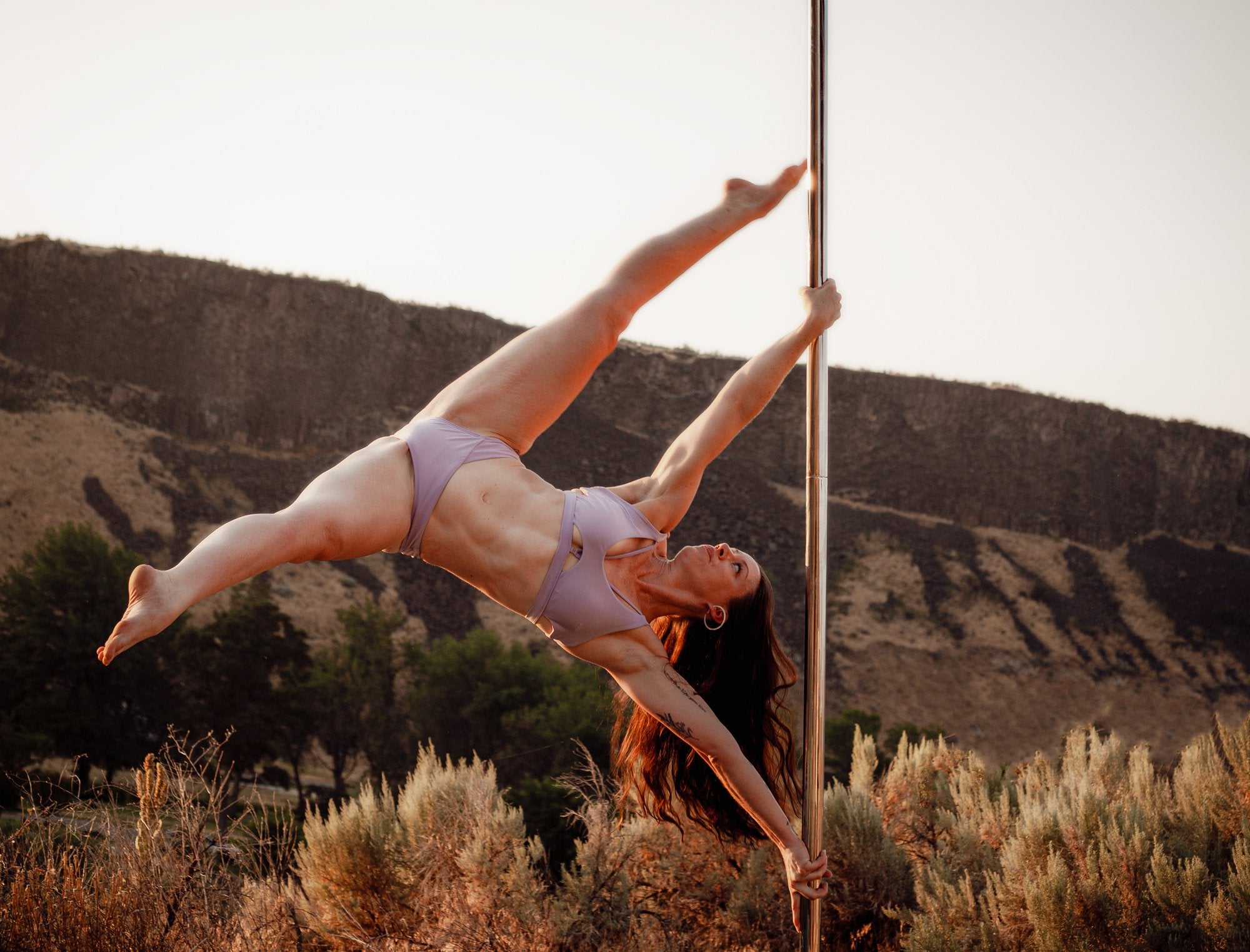News
Five Ways Pole Dancing Boosts Your Mental Health
 (Georgia de Lotz/Unsplash)
(Georgia de Lotz/Unsplash)
Exercise is a powerful tool for physical health but also mental well-being. Researchers have been touting the benefits of exercise for years. However, maintaining the habit or enjoying the activity can be difficult day after day. Going for a run or to the gym or exercise classes can get monotonous in a hurry.
Enter pole dancing—a fun, easy way to reap all the rewards of exercise while fending off boredom. And in addition to all of the physical advantages of pole dancing, it offers some unique benefits for your mental health:
1. Releases Stress-Relieving Endorphins
Regular dance classes increase the production and release of endorphins. They come from your brain and are feel-good chemicals. They protect you against feelings of pain and stress. They can also boost your mood, giving you a more positive and energetic outlook.
When you do something that releases endorphins, it’s the body’s natural reward system, making you want to repeat it. If you have ever encountered someone addicted to the “runners high,” you have at least seen how endorphins can make some people run some huge distances for fun. You can get those same benefits through dancing without all the marathons.
2. Promotes Healthy Sleep
Cortisol is a stress hormone that inhibits our ability to fall asleep easily or get into a deep, restful sleep. Since dancing releases those endorphins to combat stress, it will help you sleep better too. Dancing relieves stress and tension, calming your mind and body and promoting deep restorative sleep.
As with other cardiovascular exercises, dancing increases blood flow and body temperature. As your body cools and returns to baseline, it makes it easier for you to fall asleep. Dancing can help reduce the symptoms of Restless Leg Syndrome, which makes falling asleep harder, due to the increased blood flow to your leg muscles.
3. Helps Express and Regulate Emotions
Because pole dancing is both fitness and art, it teaches you emotional expression through your movement. You may walk into the room with some challenging feelings to process, but you’ll have released them while working through some complicated routines by the end of class.
If you take it a step further from class and choose to perform, you will find you can express a lot in front of others you wouldn’t have been able to verbalize. You may find a flow state, especially while performing, where your complete focus on your movements allows the rest of your problems and stresses to fade. You emerge feeling peaceful yet invigorated to tackle your problems.
4. Builds Confidence
Pole dancing is not an easy skill to master. Your motivation to improve and perseverance will lead to a sense of accomplishment that dancers feel when they master a new move or routine. By achieving your goals, you will feel empowered and confident. Dancing is also a social activity. You will develop feelings of connection with your fellow dancers, increasing your social confidence. Pole dancing has an incredible community, encouraging social bonds and reducing social anxiety. Pole dancing clothes, or the lack thereof, are often misinterpreted for sex appeal when it’s about safety. The more exposed skin, the more places you have to grip the pole. While daunting at first, a side effect is that you will feel more comfortable and confident in your own skin. But, you always have the option of pole dancing grip pants or whatever outfit makes you feel best.5. Protects Against Anxiety, Depression, and Dementia
Because of stress relief and emotional regulation, pole dancing protects against depression. If you already struggle with depression, it can boost your mood immediately (even faster than medication, in many cases). The flow state you can enter through dance is similar to meditation, relaxing your mind and body from daily stressors. This phenomenon can prevent anxiety attacks. It also allows you to be more aware of your mental state and help you from heading into a depressive state.
Because dance requires learning new moves and routines, practice, and repetition, it strengthens your concentration and memory centers in your brain. Your pattern recognition skills also improve through dance. Since dance boosts these cognitive skills, it has been recognized as a powerful intervention tool for dementia. It has also been shown to help prevent dementia, Alzheimer's, and other memory-deteriorating brain diseases. The earlier you start dancing, the better. However, dancing is a hobby you can pick up at any time; there is no age limit. Dance has even been used as part of therapy routines for individuals with memory problems, improving their quality of life and slowing the progression of their disease.
Your brain and body are a holistic system, functioning better when you exercise both. Pole dancing is among the exercises that work out both, impacting your physical, emotional, and mental health. It combines artistic and emotional expression with physical exercise resulting in innumerable health benefits.
Infographic
For years, scientists have preached about the favorable effects of exercise. Discover pole dancing, a simple, enjoyable way to remain active. Pole dancing has distinct advantages for your mental health in addition to its many physical rewards. Numerous health advantages result from the fact that it mixes physical activity with emotional and artistic expression.



